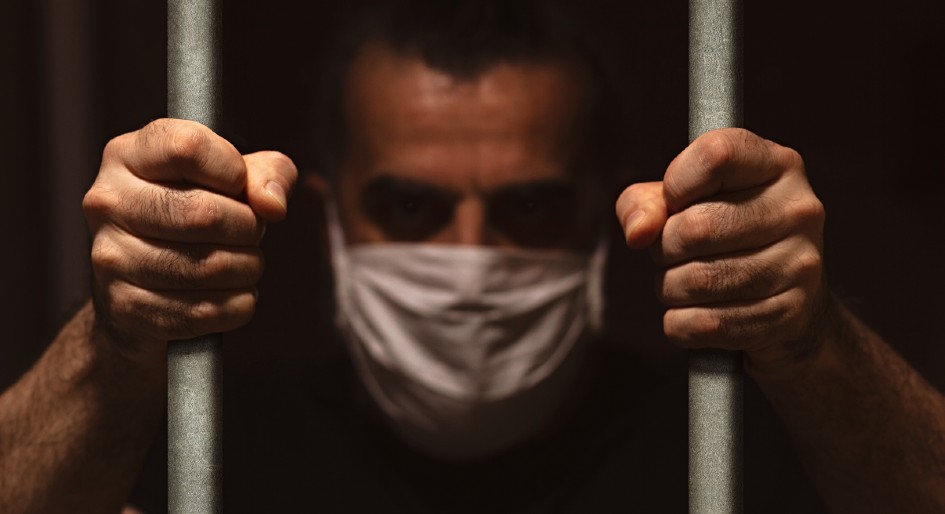Federal correctional facilities are getting a $154.6-million cash infusion beginning this year and carrying though to 2022, as many face cases of COVID-19 among inmates and staff. The money will also allow for safe access to rehabilitative services, and includes the procurement of PPE, better cleaning protocols, and support for increased use of IT for remote work during the pandemic.
Ahead of the Liberals committing millions, Canada’s correctional investigator revealed in a report late February that COVID-19 cases more than doubled in federal prisons during the second wave of the pandemic. Since the virus began, just over 10 per cent of the inmate population has tested positive— “a significantly higher rate of infection than in the general population.” Indigenous inmates accounted for almost 60 per cent of all cases since November 2020.
On the provincial-territorial level, prisons have also become more crowded as a third wave of COVID-19 surges behind bars. Findings emerged in a March report through the Prison Pandemic Partnership, which brings together researchers who study corrections and the Canadian Civil Liberties Association (CCLA).
Since the virus began, the authors have been calling upon governments to end segregation-like conditions and increase prisoner access to PPE, as well as cleaning and hygiene supplies, to limit transmission risks. At the end of January, the group reported that cases in both provincial and federal correctional facilities had passed the 5,000-case mark, with at least 4,000 prisoners and 1,100 staff members having contracted the coronavirus. At the time of detection, close to 98 per cent of infected male prisoners were locked in medium-security units.
Abby Deshman, director of the criminal justice program for the CCLA, said most prisoners haven’t been offered a vaccine. “Ontario, for example, is imprisoning significantly more people at a time when more infectious COVID-19 variants are spreading,” she said. “Higher incarceration rates also increase the likelihood that prisons and jails will rely on inhumane and torturous conditions of imprisonment to respond to possible or confirmed cases of COVID-19, including prolonged solitary confinement.”
More recently, COVID-19 has spiraled through the Regina Correctional Centre in Saskatchewan where, as of this week, the case count is almost near 200. Despite concern in early April from the SGEU Public Service/Government Employment (PS/GE) bargaining unit that called Saskatchewan’s lack of rapid testing and vaccine priority in the facility a “callous approach,” the cases continue to mount.
“These essential workers can’t work from home – they have no choice but to report to work every day where they are at high risk of exposure to COVID-19,” said Chair Barry Nowoselsky. “Even worse, the government’s refusal to take appropriate action affects not only the staff in these facilities, but also jeopardizes the health and safety of their families and those they interact with in their communities.”
As affirmed in its newly tabled budget, the federal government noted the Correctional Service of Canada has worked to limit the spread of the virus within its institutions since the pandemic began. Yet the document also asserts the responsibility in overseeing the safety of staff and inmates who are disproportionately Indigenous and Black, thus earmarking the funds for limiting the spread of COVID-19.






